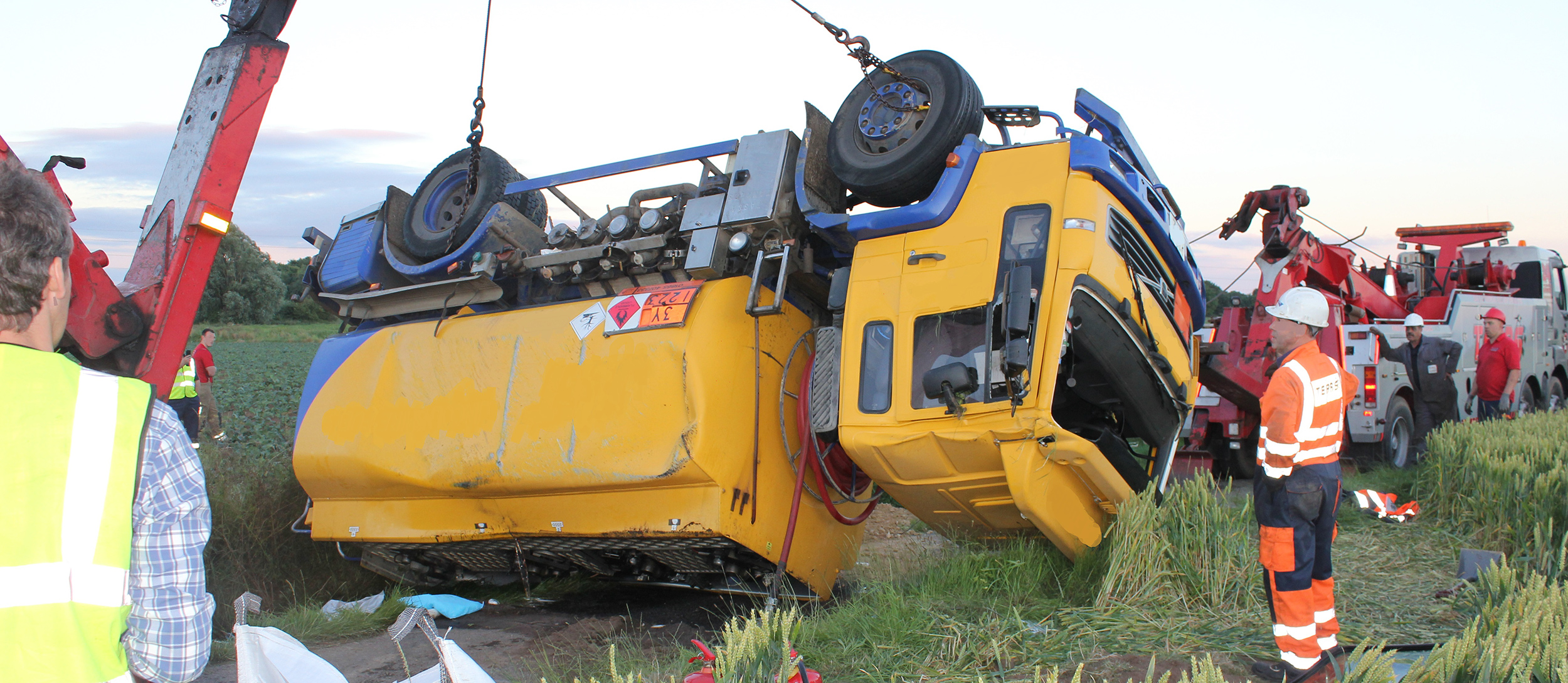
Case studies
- Environmental Claims Management
- Fire and Flood
- Incident Response
- Remediation & Restoration
- Verification & Monitoring
Water Damaged Property:
Water Damaged Property in Norwich
Seed Environmental were appointed to stabilise and reinstate a residential property in Norfolk following damage caused by a Burst Underground Water Main. The impacted property was a two bedroom brick built bungalow with a tiled roof on a two way street. Project works were carried out under a Minor Works JCT Contract.
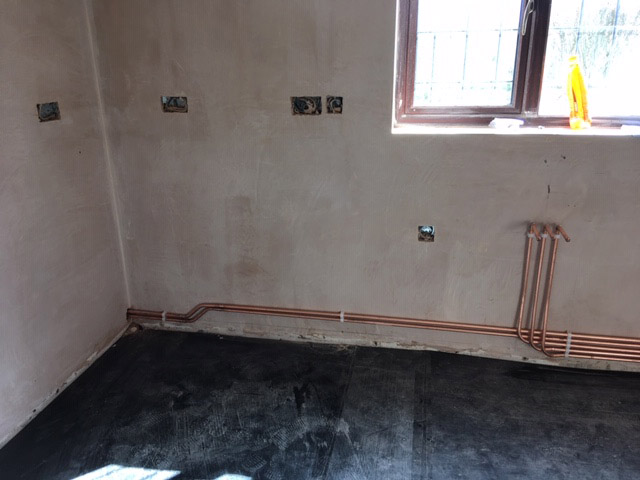
Flooded Factory:
Flooded factory in Norfolk Case Study
Seed Environmental were appointed to carry out Electrical Circuit Testing, Mechanical & Electrical installations and replacements and internal refurbishment of an Office and Manufacturing facility located in Diss, Norfolk. The works were required following a major water flooding incident caused by the River Waveney bursting its banks.
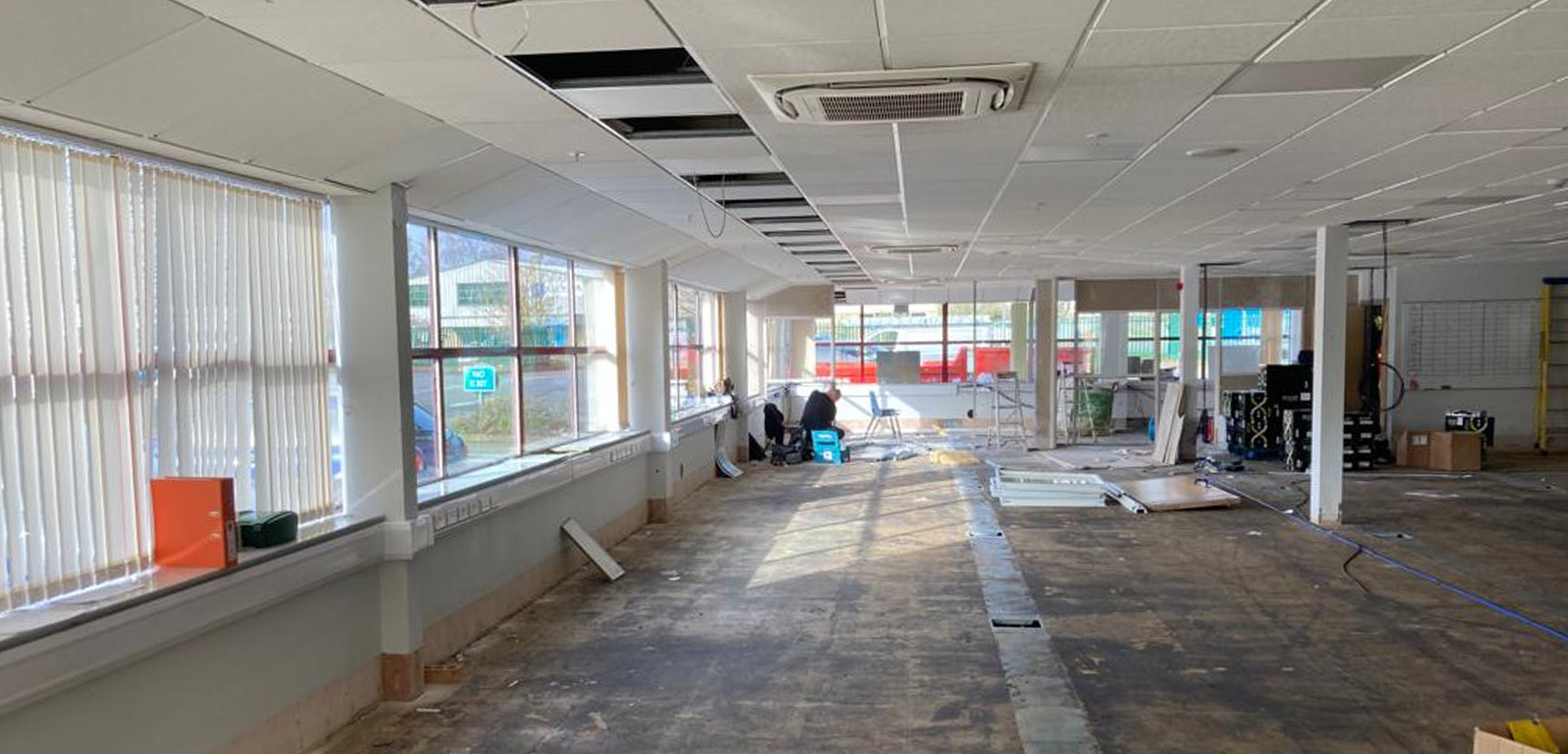
Agricultural Fire:
Agricultural Fire Case Study
Seed Environmental were appointed to attend an agricultural fire incident following works completed by the fire brigade. The affected building was an agricultural unit containing 3,500 pigs forming part of a larger pig farm. The bottom 2.5m of the building (above ground) was constructed of concrete blocks arranged to form thirteen slurry containment pits, holding approximately 500,000litres of slurry between them at the time of the fire.
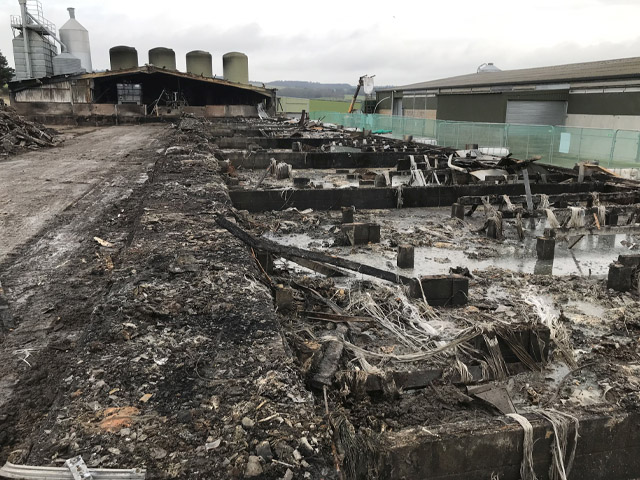
Food Ingredients Supplier:
Spill Response and Remediation Case Study
A fire, which started at one of Europe’s largest independent suppliers of ingredients to the food industry, occurred at their distribution warehouse, destroying the buildings and contents, which included sugar, jam, chocolate products and milk powders.
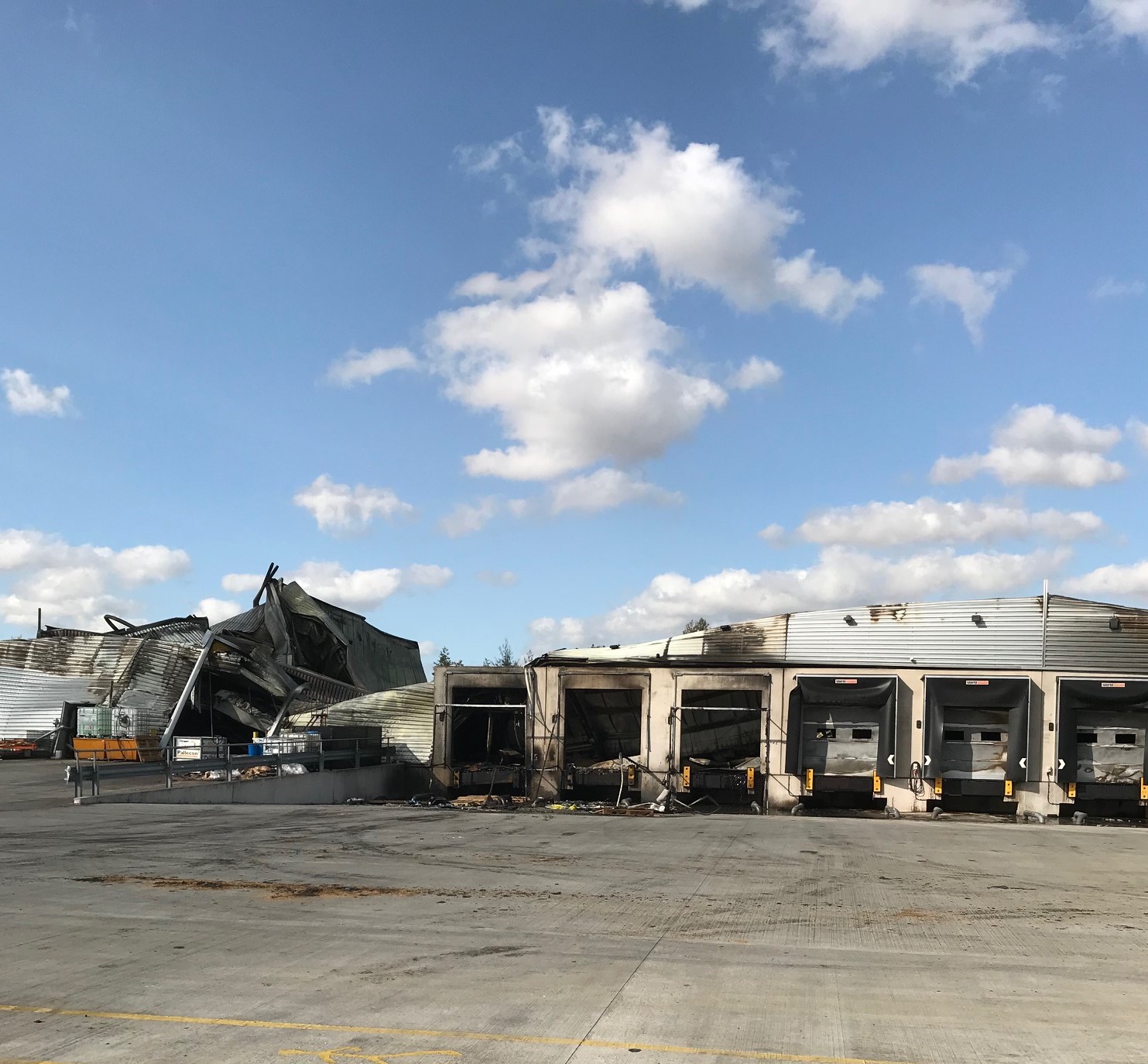
Electricity Sub-Station:
Fire Damage Repair and Restoration Case Study
A switchgear failure inside a substation in Hastings caused an explosion, resulting in superficial damage to sandstone, brickwork and wooden sash windows.
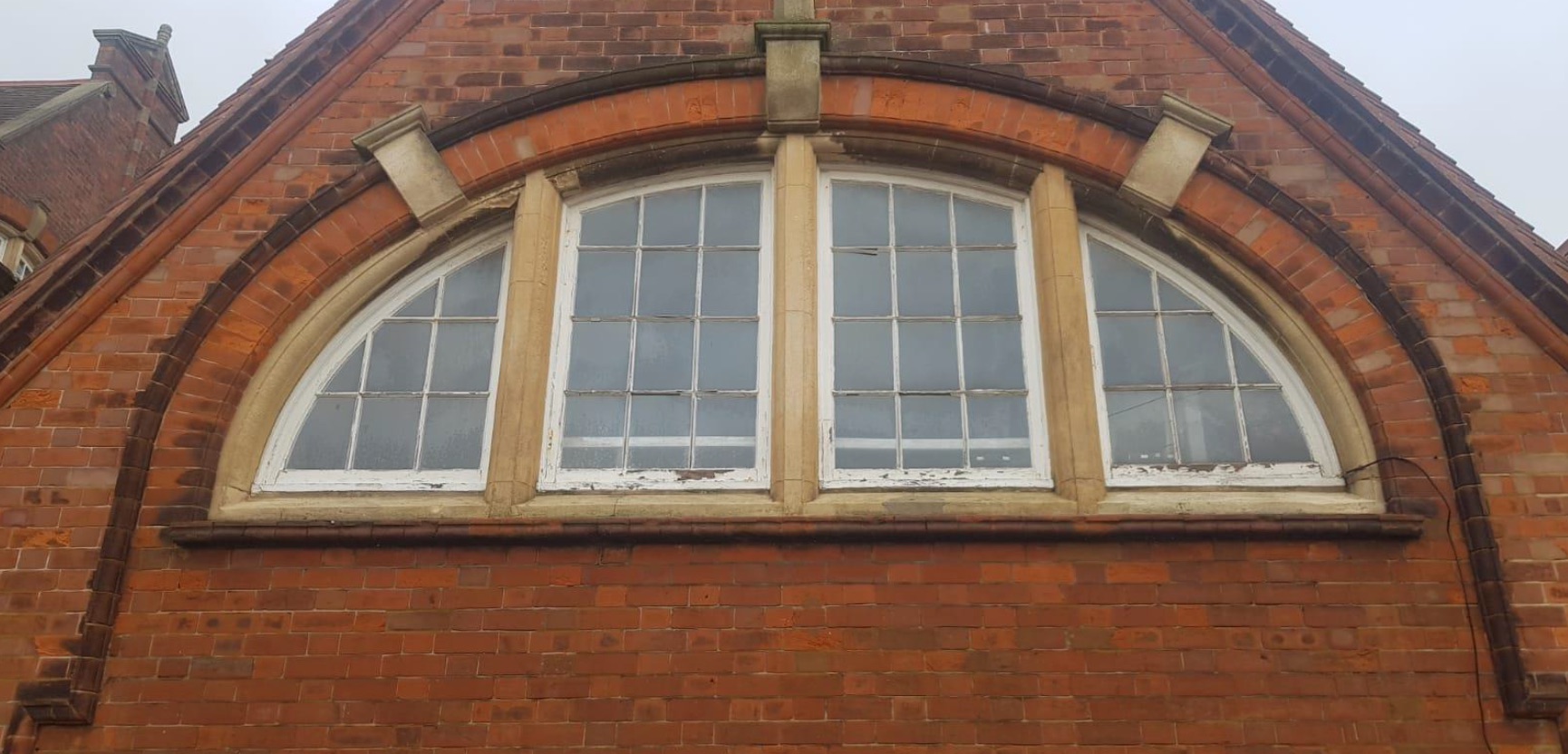
Domestic Property:
Spill Response Case Study
Kerosene had leaked from a failed domestic boiler component located in a chimney recess in a little used room in the property.
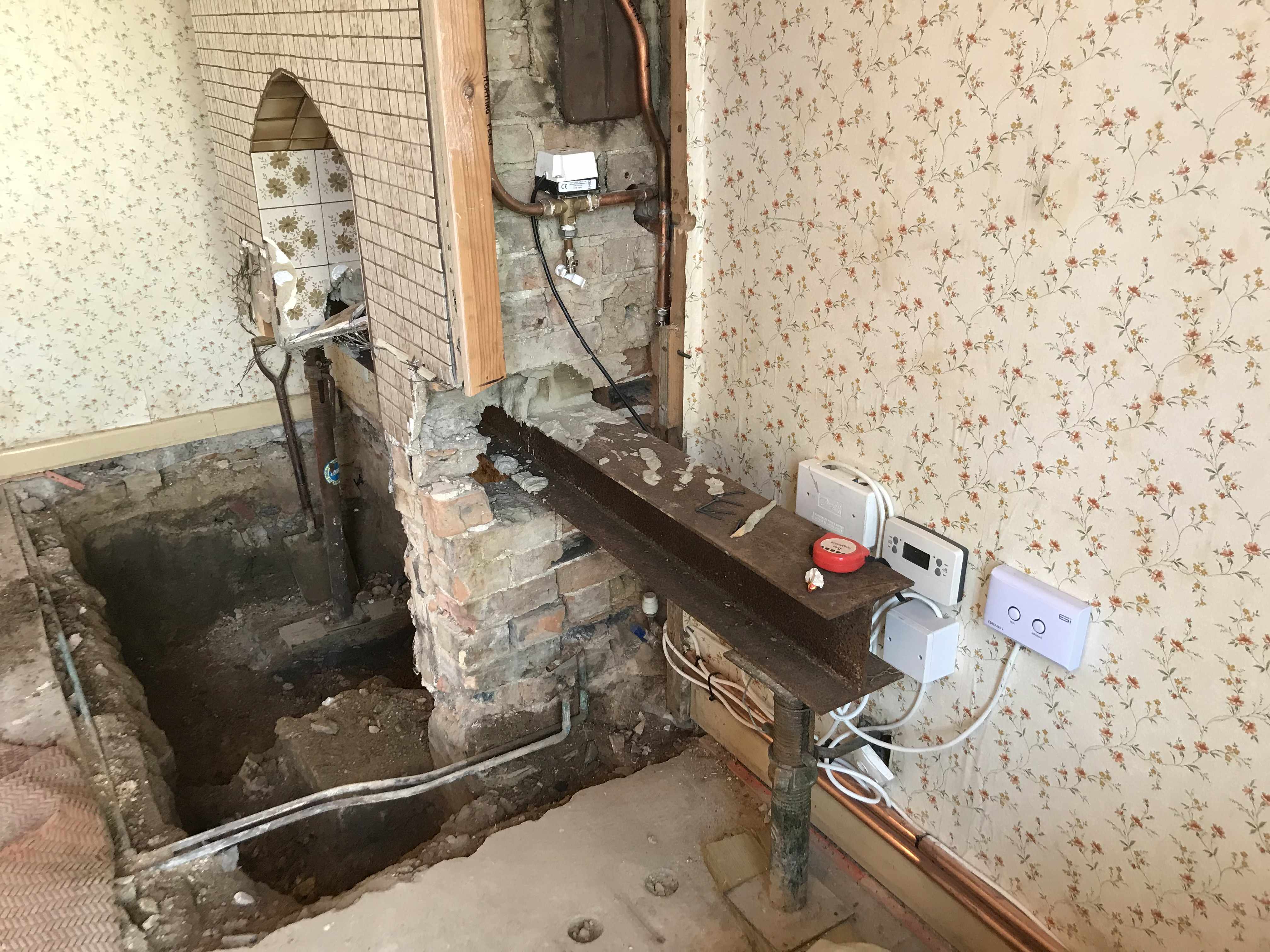
Kerosene:
Environmental Claims Management Case Study
Approximately 2,000 litres of kerosene was lost to ground from a crack in the base of the property’s oil storage tank. Initial Investigations identified near surface contamination over an area of 20m2 to a depth in excess of 4m below ground level. Whilst the contamination was identified in the clay superficial deposits, the Environment Agency concluded that the underlying chalk aquifer was considered to be at risk.
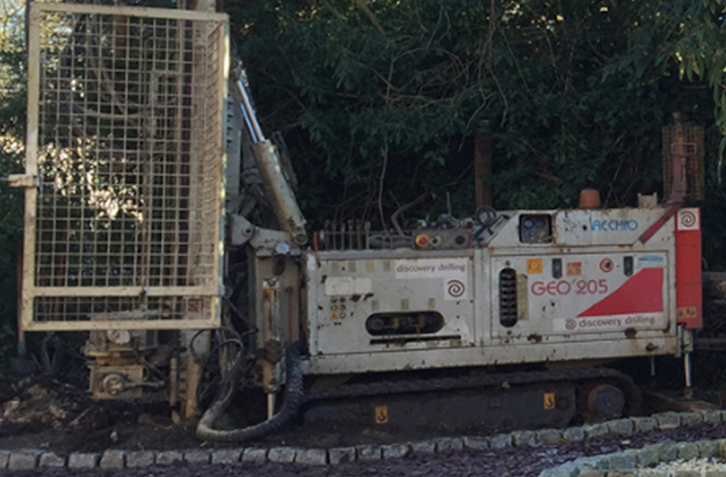
Development Land:
Insolvency Case Study
A large semi-rural development site owned by an ongoing business (in administration) was considered an unattractive investment due to significant uncertainties relating to the sites long industrial past as a fertilizer and miscellaneous process manufacturing facility. Further to this the local authority indicated that it intended to determine that the site was declared contaminated land, further reducing the potential value of the asset under management.
Public House Fire:
Environmental Claims Management Case Study
A fire which started in the external kitchen building destroyed the oil storage tank and associated buildings resulting in significant contamination of the surrounding ground. Further to this, the presence of free-phase oils and fire-water in the adjacent surface water required emergency action to prevent continued migration to nearby fishing lakes.
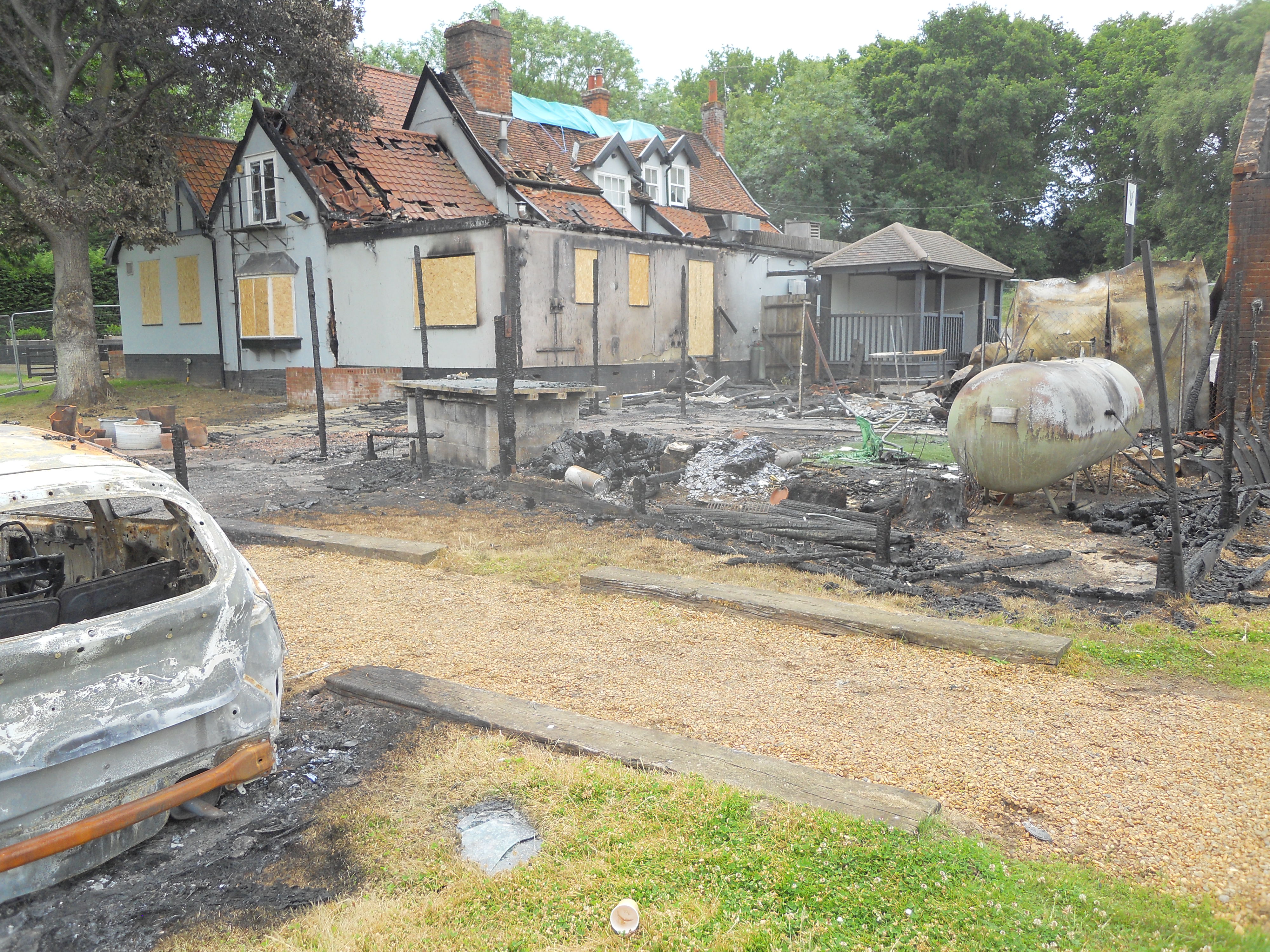
Fuel Tanker Crash:
Incident Response Case Study
An oil tanker carrying almost 10,000 litres of fuel oil overturned on a rural road in Lincolnshire. The accident released significant quantities of fuel (oil and diesel) onto the road, adjacent seasonal ditches and fields.
